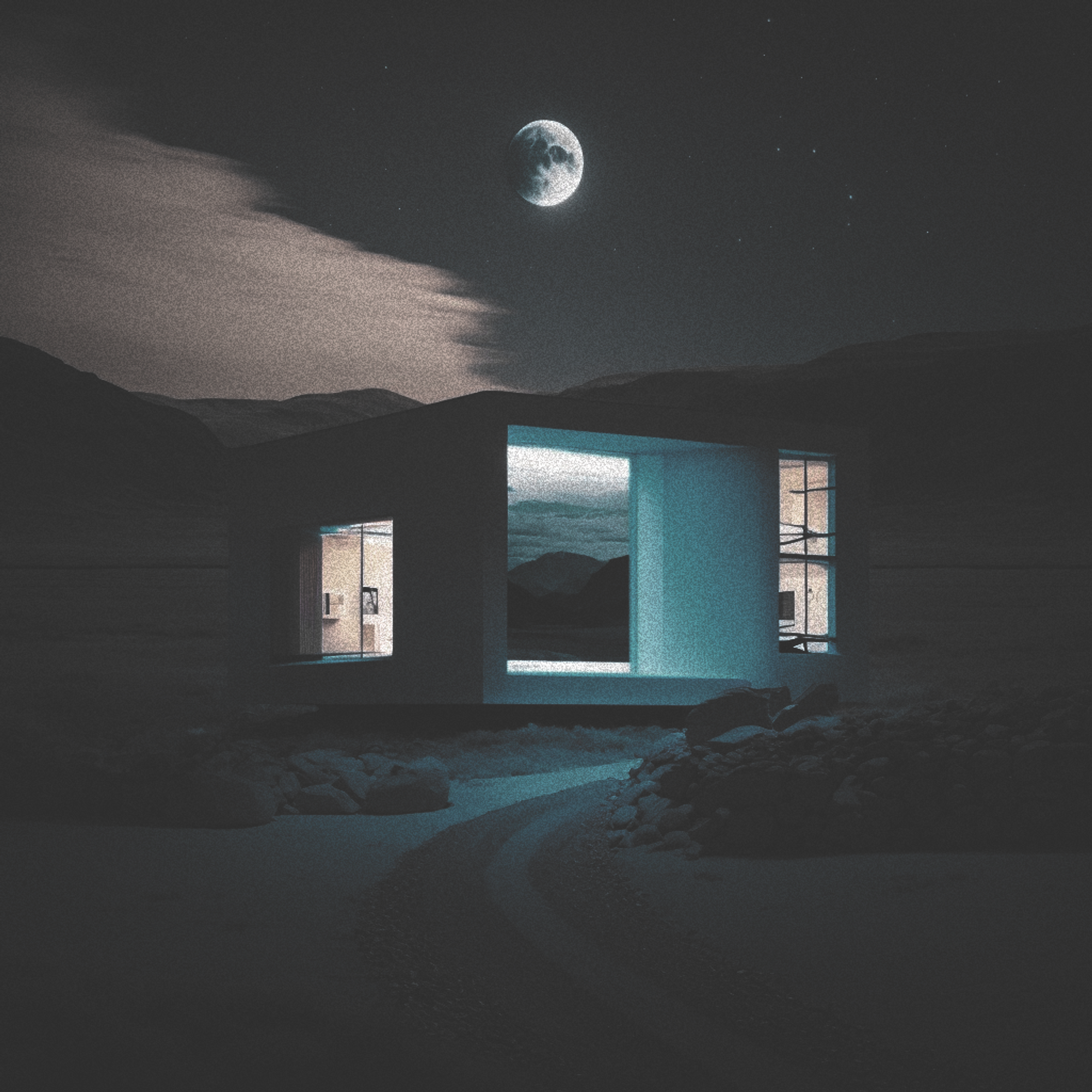a vision of the future of designing & making buildings
Architecture is an extremely complex process that involves a huge amount of technical knowledge, skill, connections, and capital.
So it used to be for many other creative things.
Music and film production, before the advent of software, was incredibly technical and disjointed. It would take teams of hundreds of people, and hundreds of hours of time to accomplish a project (and all the minute details of it).
AI, code, and algorithms will make all the processes in architecture easier and more accessible. Humans will oversee it. The entire enterprise will become less disjointed.
Some day, all architecture project sites will be availble in “4K” definition as models from Google Earth or similar.
Site modeling and surveying will be gone as we know it
All the necessary information, including data related to utility and ecology, will be readily available for any site. Material acquisition will be streamlined, the same way resources we use for creative projects today are.
Think: music licensing platforms, stock footage platforms, github, etc.
The same way a platform like Bridge for Unreal lets you easily browse and acquire materials for modeling, a new platform will connect real world sources of materials with real built projects. This will extend to all physical assets for real world architecture: materials, components, fixings, mechanical equipment, etc.
Manufacturers will be able to make profiles on these platforms
Shipping and distribution will be streamlined and centralized like Amazon
It’s conceivable that clients and architects will be able to design their own projects someday on a user-friendly tool. They will be able to design it the same way we do in game software, and all the technical backend for realizing the project will be arranged and coordinated by software.
The budget will update in real time as you build. You’ll be able to swap out components and materials for different manufacturers. You’ll be able to connect with a construction company which will be transferred all the relevant data.
Architecture of the future will be democratized and accessible for so many creatively thinking people.
Licensure will no longer be required because all the parameters of code, safety, accessibility, etc, will be managed with the software.
The same way anyone can be a producer or videographer today who has access to software, so it will be with architects. They will no longer be a technical profession, but a creative one.
AI will learn to operate this software and replicate what humans create with it, which will make novel ideas prolific. At that point it will be about inputting data as a prompt and parameters for a building, and out the other end will come detailed designs.
This will likely take a few decades to complete, and there will be an extended time where “architects” will be necessary to navigate the space between a few disjointed tools
Once everything is synthesized into singular architecture & construction tools, however, AI will quickly take over it.
Now, clients (with capital) come to architects, who offer a service. From an architects standpoint, they need the clients to initiate projects.
In the future, architecture will be proactive. Anyone who needs a building can use the tool (and realize a built project if they have the capital).
The best “architects” will be proactive themselves - creating a realizing projects that generate capital, allowing them to make more projects. The same way video creators today make content that pays back.
Job titles will become more blurred and decreasingly useful. “video creators” today can be anything from editors to someone that merely has a seed idea and hires people to manifest it. The same will happen with architecture.
What it means to be an “architect” will be so many different things. Some will be people that dream up buildings and property development for different creative ideas they have, and who learn the ins and outs of the architecture tools in order to manifest these dreams. Some will be people that learn the tool for the sake of design, and who take on other people’s projects as a service and passion.
Capital will always be the gatekeeper for realizing architectural projects. Land is a finite resource and nearly all of it is owned, so it will always be expensive. Building materials may decrease in cost with time, but not significantly.
Basically, it will always take a lot of financial resources to create buildings.
